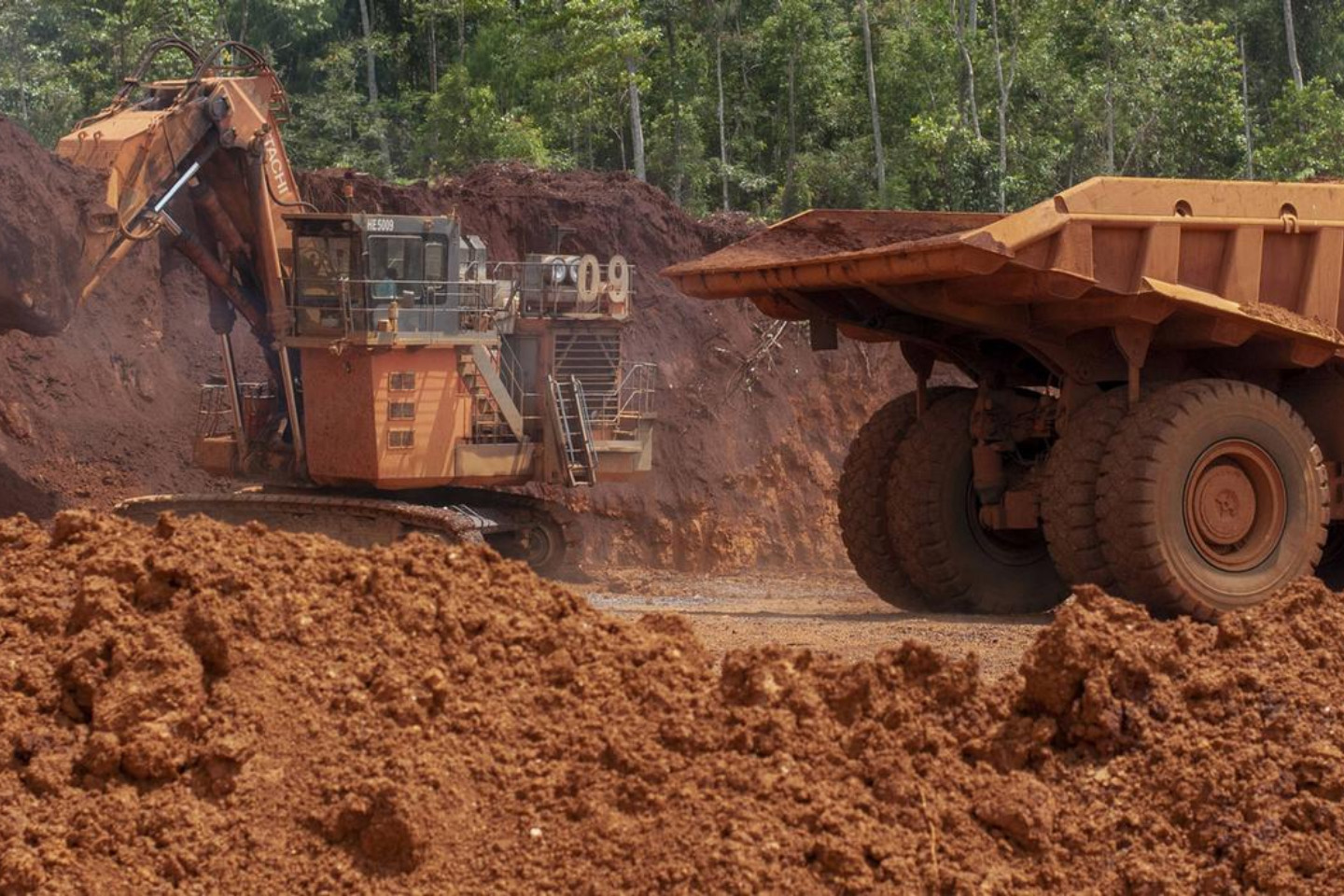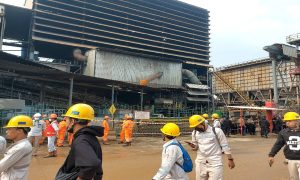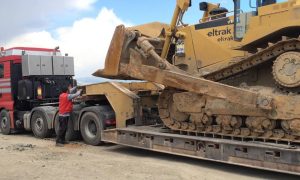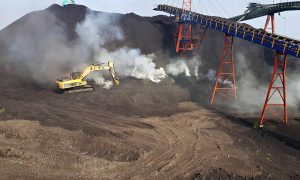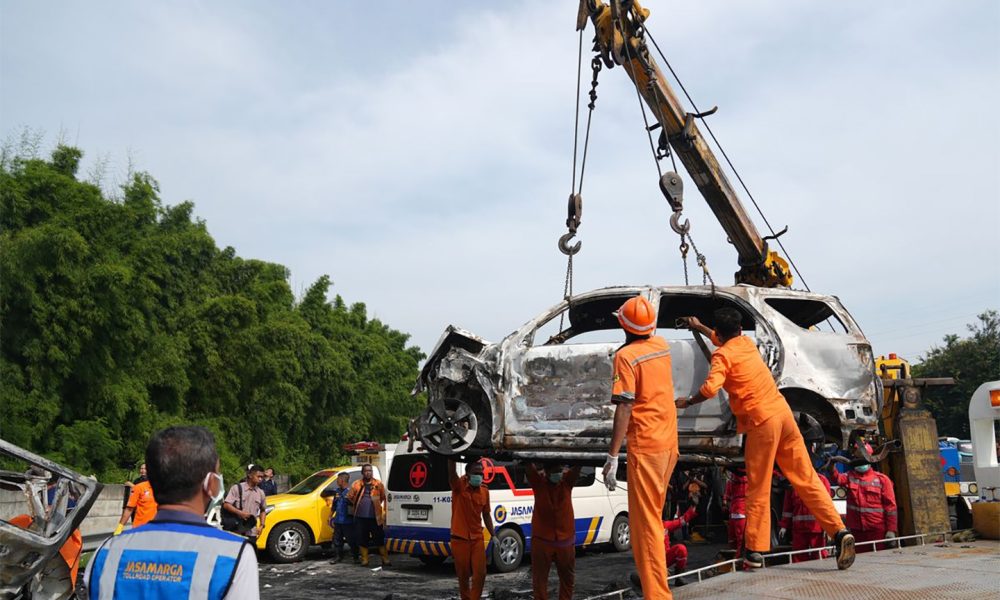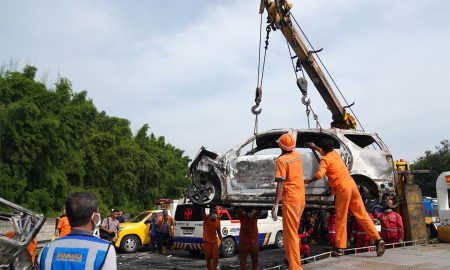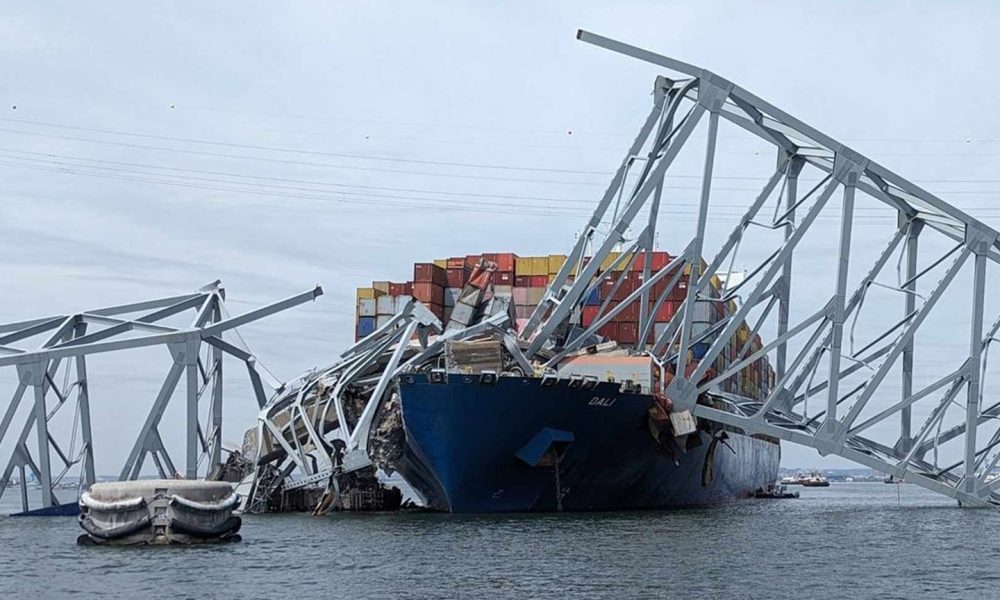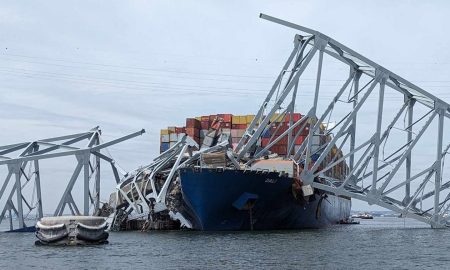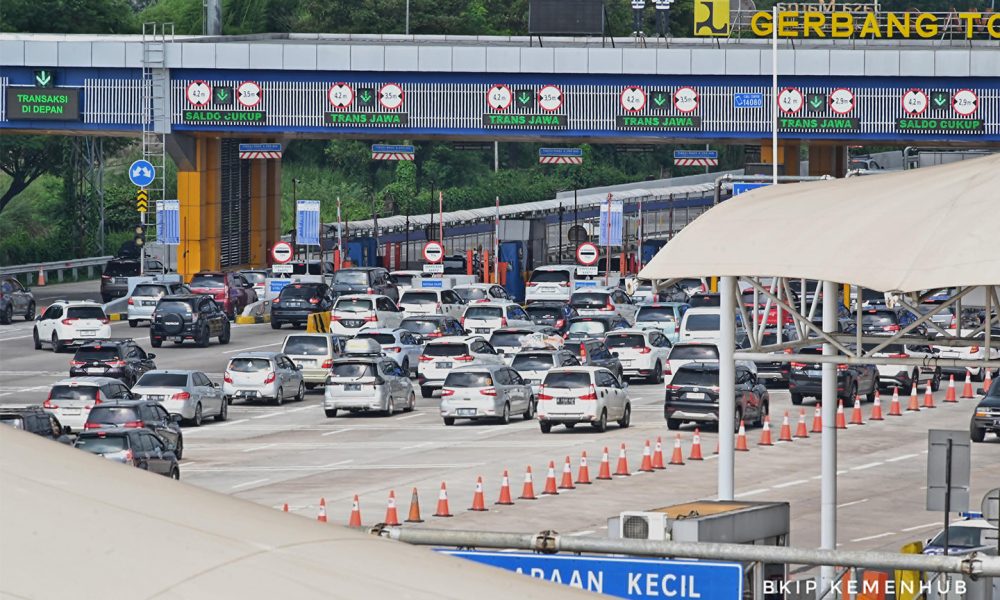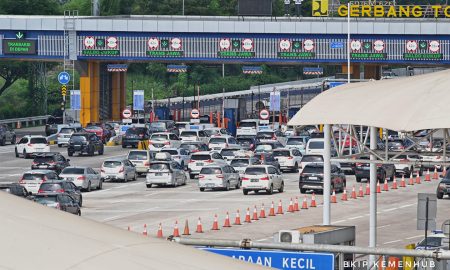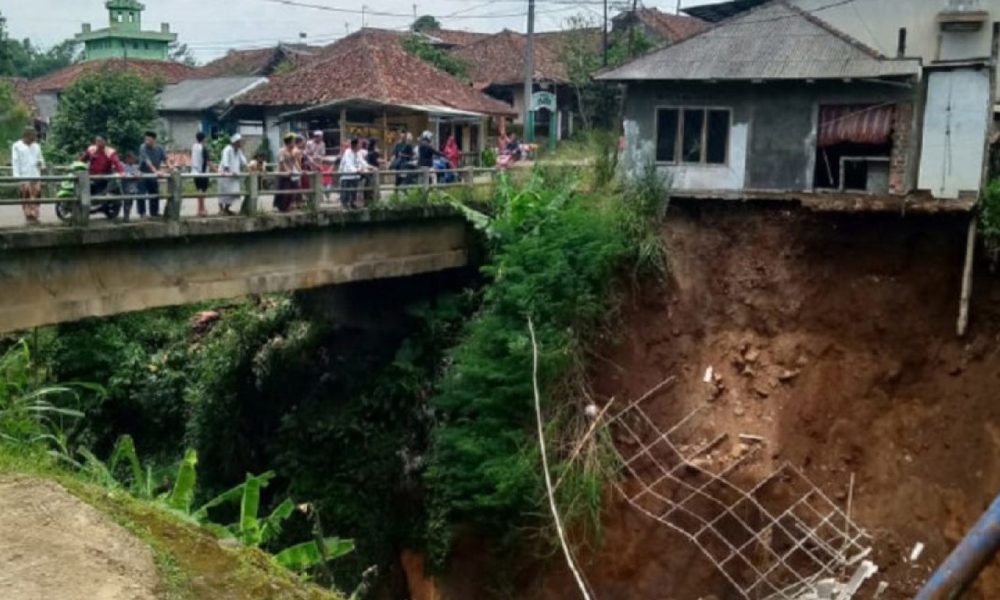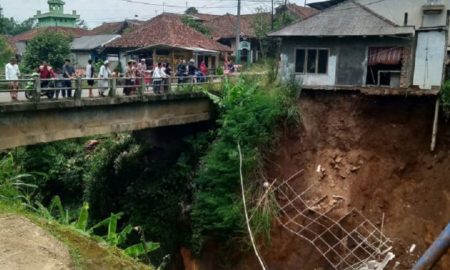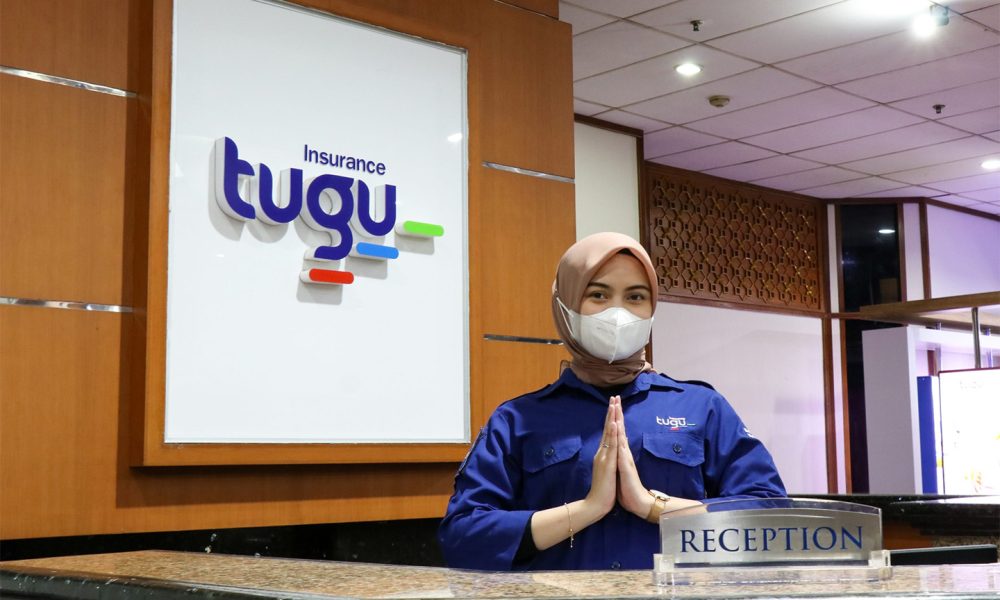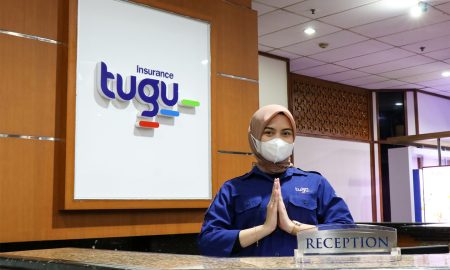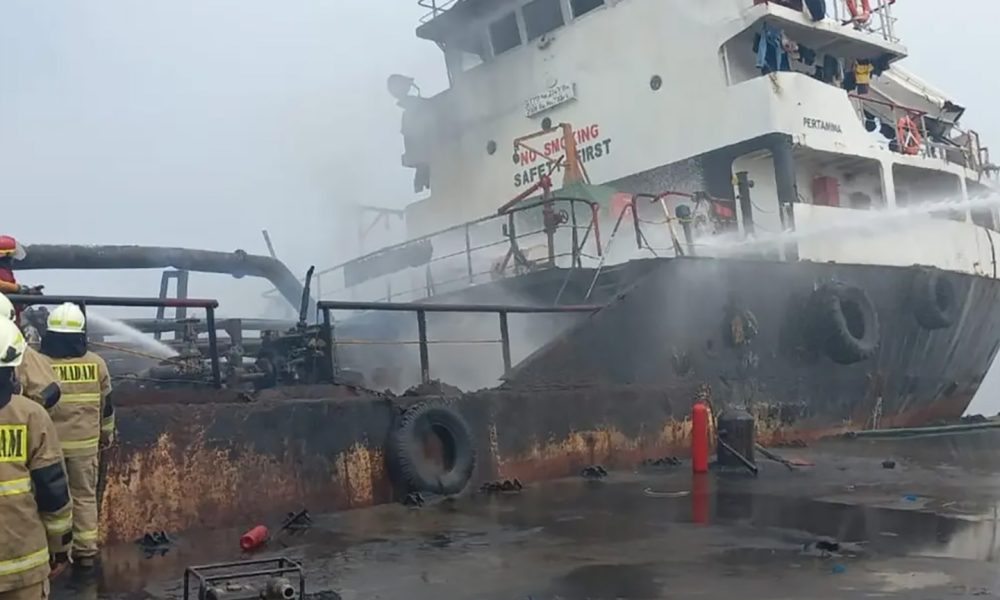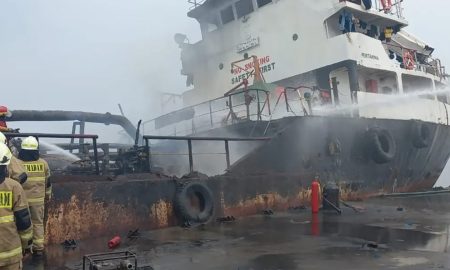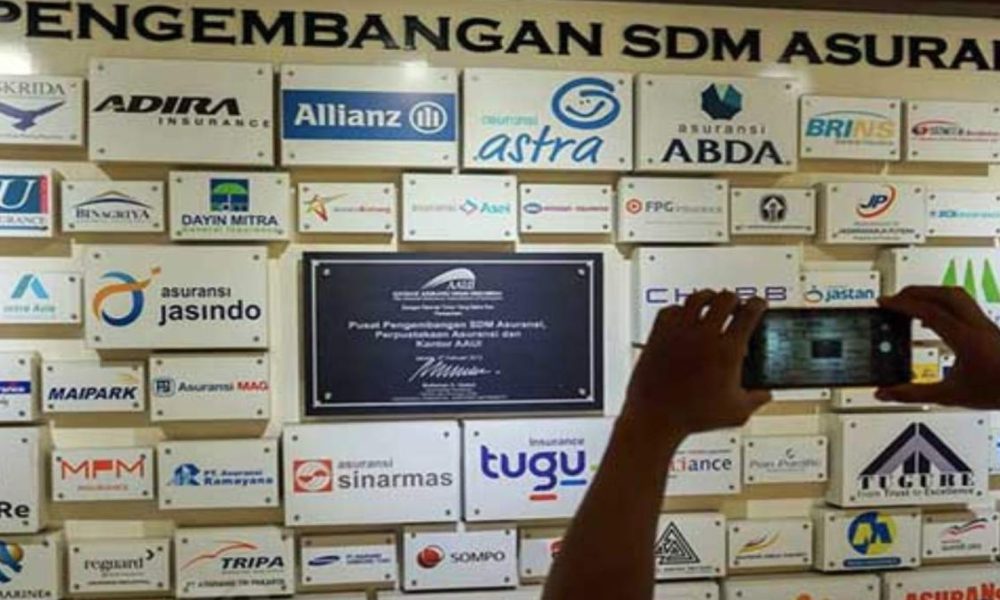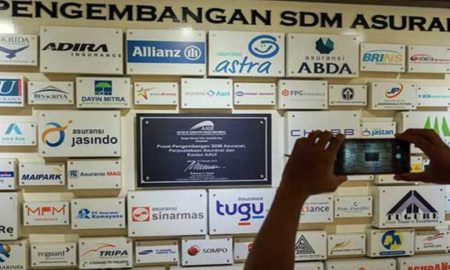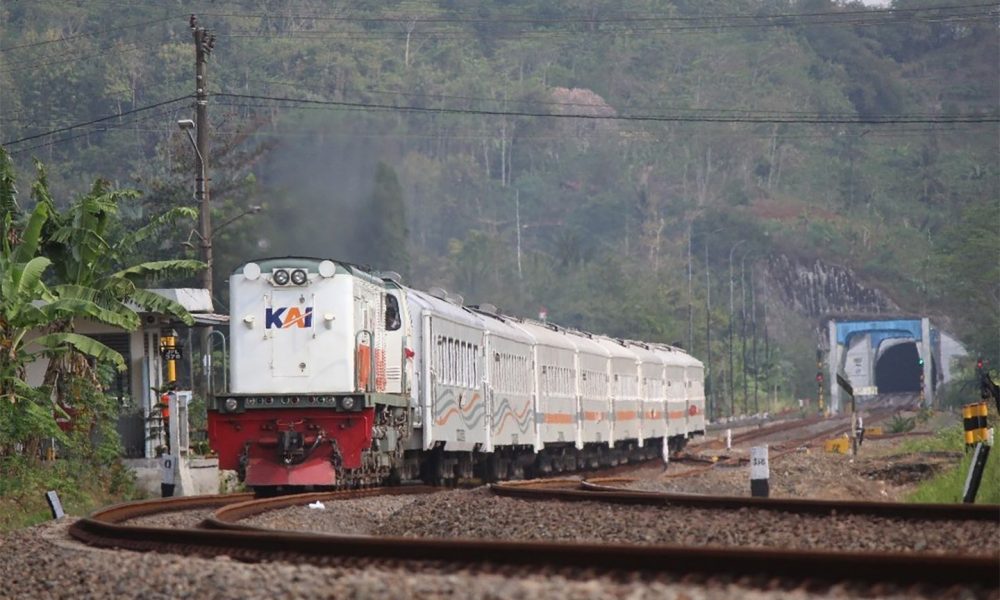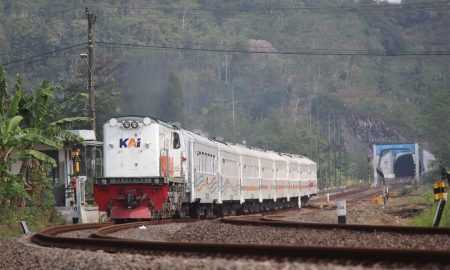Liga Asuransi – Dear readers, how are you? I hope your business keeps doing good.
For our new readers, I would like to give a warm welcome. For your information that this website focuses on reviewing and discussing the risk management aspects in various industries. This time we will discuss risk management in nickel mining and the industry.
If you are interested in this article, please share it with your friends, so they know as much as you do.
The needs for Risk Management and Insurance
Effective risk management strategies for nickel mining and processing should address these risks and incorporate measures to mitigate or minimize them.
This can include adopting sustainable mining practices, implementing safety protocols, engaging with local communities, and ensuring compliance with environmental and social standards and regulations.
Understanding the Nickel Mining Industry
Indeed, the nickel mining industry involves extracting and processing nickel-containing ores to produce nickel products used in various industries.
Nickel is a silvery-white metal highly resistant to corrosion and has excellent heat and electrical conductivity, making it a valuable material for many applications.
Nickel is found in various deposits, including laterite deposits and sulfide deposits. The process of extracting nickel from these deposits typically involves mining, crushing, and grinding the ore to a fine powder, which is then processed using various methods, such as flotation, smelting, and refining.
The end products of this process can include nickel matte, nickel oxide, nickel sulfide, and various other nickel alloys and compounds.
The global nickel mining industry is dominated by a few prominent players, including Vale, Norilsk Nickel, and BHP Billiton, who operate mines in various countries worldwide.
The industry faces various risks, including commodity price fluctuations, environmental and social impacts, and regulatory changes. Effective risk management and insurance strategies can help mining companies mitigate these risks and protect their operations and assets.
Now China is one of the largest consumers of nickel in the world, with a growing demand for the metal due to its use in producing stainless steel, batteries, and other industrial applications. However, China is not a major nickel producer, and most of its demand is met through imports.
China has been investing in nickel mining projects worldwide to secure its supply of nickel. Chinese mining companies, such as Jinchuan Group and Tsingshan Holding Group, have acquired stakes in nickel mines in countries such as Indonesia, Papua New Guinea, and the Philippines.
China’s involvement in the nickel mining industry has significant implications for the global market and the countries where these mining projects are located.
The history and the future of Indonesia’s nickel industry
Indonesia’s nickel industry has a long and complex history. Its future is closely tied to global demand for nickel and the country’s ability to attract investment and sustainably develop its mining sector.
Indonesia is the world’s largest nickel ore producer, with vast reserves of nickel laterite ores, which are processed to produce nickel pig iron (NPI) and nickel matte. The industry has undergone significant changes in recent years, driven by government policies and market forces.
In 2014, Indonesia banned the export of raw nickel ore to encourage local processing and value-added industries. This led to a decline in nickel ore exports and the emergence of new processing facilities, including those operated by Chinese companies, to produce NPI and nickel matte in Indonesia. However, the ban was partially lifted in 2017, allowing some nickel ore exports with certain conditions.
In 2019, Indonesia announced a new regulation requiring mining companies to develop downstream processing facilities and smelters within five years of receiving a mining permit. This policy aims to promote local processing and increase the value of nickel exports while creating jobs and fostering economic development.
Looking to the future, Indonesia’s nickel industry faces several challenges and opportunities. On the one hand, rising demand for nickel in electric vehicle batteries and other applications is expected to drive global demand for nickel. Indonesia is well-positioned to meet this demand. On the other hand, there are concerns about the environmental and social impacts of nickel mining and the need for sustainable mining practices and responsible investment.
In response to these challenges, the Indonesian government has set ambitious targets to develop the country’s mining sector, attract investment, and promote sustainable development. These include plans to develop a domestic electric vehicle industry, build downstream processing facilities, and establish special economic zones for the mining industry. The success of these initiatives will depend on various factors, including global demand for nickel, the availability of investment, and the ability to balance economic development with environmental and social sustainability.
The unique risks associated with nickel mining and processing.
Several unique risks are associated with nickel mining and processing, varying depending on the location, type of deposit, and mining method. Here are some of the key risks:
- Safety hazards
Mining operations involve heavy machinery, explosives, and other equipment that can pose safety risks to workers, mainly underground mining operations.
- Environmental impact
Nickel mining and processing can have significant environmental impacts, including deforestation, soil erosion, water pollution, and emissions of greenhouse gases.
- Supply chain disruptions
The global nickel market is subject to commodity price fluctuations, supply and demand imbalances, and geopolitical risks that can disrupt supply chains and affect the profitability of mining operations.
- Political and regulatory risks
Nickel mining operations are subject to various political and regulatory risks, including changes in mining laws and regulations, taxation, and government policies that can affect the feasibility and profitability of mining projects.
- Social risks
Nickel mining can have significant social impacts, including displacement of communities, conflicts with local communities over land use, and labor disputes.
- Health risks
Nickel mining and processing can expose workers and nearby communities to health risks, including nickel dust and other hazardous substances that can cause respiratory problems, skin irritation, and other health problems.
The accidents, losses, and damage to nickel mining and plant worldwide and in Indonesia
Several accidents, losses, and damages have occurred to nickel mining and processing facilities worldwide and in Indonesia.
The significant risks and potential consequences of nickel mining and processing in Indonesia include environmental damage, safety hazards, labor disputes, and social conflicts.
Effective risk management strategies should address these risks and incorporate measures to prevent or minimize them, including engaging with local communities, implementing safety protocols, and ensuring compliance with environmental and social standards and regulations.
Here are some notable examples:
- Vale’s Brumadinho Dam disaster (Brazil, 2019)
A tailings dam owned by Vale, a major Brazilian mining company, collapsed, causing a catastrophic flood that killed over 250 people and caused extensive environmental damage. The dam held waste from Vale’s Córrego do Feijão iron ore mine, which also produced nickel.
- Ambatovy Nickel Plant spill (Madagascar, 2019)
A spill of acidic slurry from the Ambatovy Nickel Plant, owned by a consortium including Sherritt International, caused significant environmental damage in a nearby river and village.
- Nickel Asia’s Hinatuan mine landslide (Philippines, 2020)
A landslide at Nickel Asia’s Hinatuan mine in the southern Philippines killed one worker and caused extensive damage to mining equipment.
- Acid spill at PT Vale’s Sorowako nickel plant (Sulawesi, 2009)
An acid spill at PT Vale’s Sorowako nickel plant caused significant environmental damage, including the deaths of fish and other aquatic life in nearby rivers.
- Fire at PT Aneka Tambang’s Pomalaa nickel plant (Sulawesi, 2015)
A fire at PT Aneka Tambang’s Pomalaa nickel plant caused significant damage and disrupted production for several months.
- Fatalities at PT Vale’s Sorowako nickel mine (Sulawesi, 2016-2018):
Several fatalities occurred at PT Vale’s Sorowako nickel mine, including a landslide that killed three workers in 2016 and an accident in 2018 that killed one worker.
- Landslides at PT Antam’s Pomalaa nickel mine (Sulawesi, 2020)
Two landslides at PT Antam’s Pomalaa nickel mine killed four workers and disrupted production for several weeks.
- Nickel mining protests (Sulawesi and Halmahera, ongoing)
Protests and conflicts with local communities have occurred at several nickel mining sites in Indonesia, including in Sulawesi and Halmahera, over land rights, environmental impacts, and labor practices.
What types of insurance are needed for nickel mining and plant?
Nickel mining and processing companies typically require a range of insurance coverages to protect against various risks and potential losses. Here are some of the types of insurance that may be needed:
This type of insurance covers physical assets, such as buildings, machinery, and equipment, against damage or loss caused by perils such as fire, theft, and natural disasters.
- Business Interruption Insurance:
This type of insurance covers lost income and expenses resulting from a covered event that disrupts business operations, such as a fire, flood, or equipment breakdown.
Liability Insurance: This type of insurance provides coverage for third-party claims of bodily injury or property damage caused by the company’s operations or products, such as pollution liability, general liability, and product liability.
- Workers’ Compensation Insurance
This type of insurance covers employees injured or ill due to their work, including medical expenses, lost wages, and rehabilitation costs.
This type of insurance covers legal defense costs and damages resulting from claims against the company’s directors and officers for alleged wrongful acts, such as breach of fiduciary duty, negligence, or errors and omissions.
- Environmental Liability Insurance
This type of insurance covers costs associated with the cleanup and restoration of environmental damage caused by the company’s operations, such as soil or water contamination.
The specific insurance needs of a nickel mining and processing company will depend on the nature of its operations, the regulatory and legal environment, and the potential risks and exposures it faces. Companies must work with experienced insurance brokers and risk management professionals to identify their specific insurance needs and ensure they are adequately covered.
Why do nickel mining and plant companies need the service of an insurance broker for their insurance arrangement?
Nickel mining and processing companies often require a range of insurance coverages to protect against various risks and potential losses. An insurance broker specializing in insurance and risk management can help these companies obtain the necessary insurance coverage.
Here are some reasons why nickel mining and plant companies might need the services of an insurance broker:
- Expertise and Knowledge
Insurance brokers are trained and experienced professionals with extensive knowledge of insurance policies and coverages.
They can help nickel mining and plant companies navigate the complex insurance market and identify the products and policies that best fit their needs.
- Customization and Tailoring
An insurance broker can work with nickel mining and plant companies to customize and tailor insurance policies to their specific requirements.
They can negotiate with insurance providers on behalf of the company to ensure that they get the best possible coverage at the most competitive price.
- Risk Management and Mitigation
An insurance broker can advise nickel mining and plant companies on risk management and mitigation advice.
They can help identify potential risks and exposures and recommend minimizing or avoiding them, ultimately leading to lower insurance costs and a safer operating environment.
- Claims Management
In the event of a loss, an insurance broker can support and assist with claims management, helping nickel mining and plant companies navigate the claims process and ensure they receive fair and timely compensation for their losses.
- Compliance and Regulation
Insurance brokers can help nickel mining and plant companies ensure they comply with regulatory requirements and meet their legal obligations.
They can guide insurance-related laws and regulations and help the company avoid potential fines and penalties for non-compliance.
Overall, the expertise and support of an insurance broker can be invaluable to nickel mining and plant companies in managing their risks and protecting their assets, employees, and reputation.
One of the leading insurance brokers in the mining industry is L&G Insurance Broke.
For all your insurance needs, call L&G now!
—
LOOKING FOR INSURANCE PRODUCTS? DON’T WASTE YOUR TIME AND CALL US RIGHT NOW
24-HOUR L&G HOTLINE: 0811-8507-773 (CALL – WHATSAPP – SMS)
website: lngrisk.co.id
E-mail: customer.support@lngrisk.co.id
—



